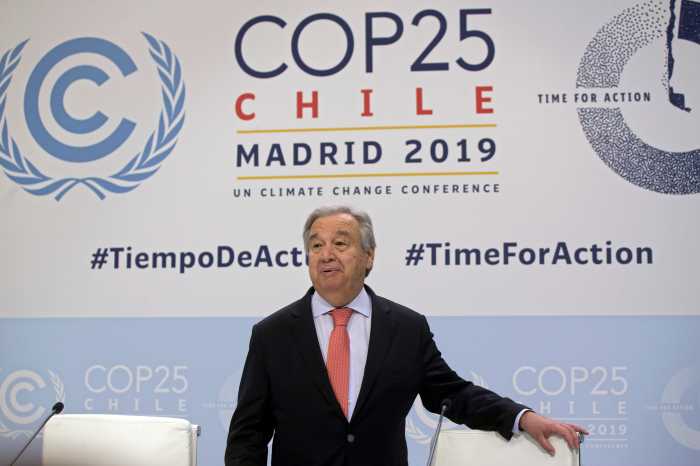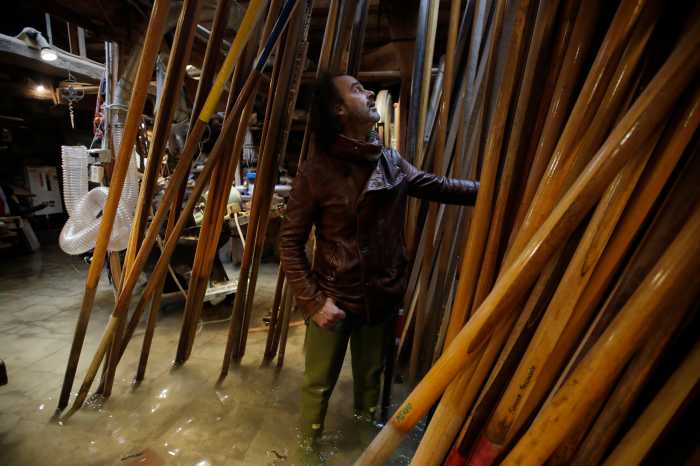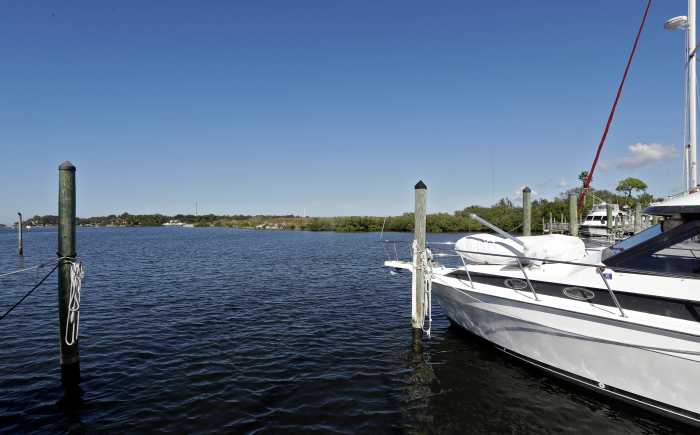World-famous climate activist and Time Magazine Person of the Year 2019 Greta Thunberg is the voice of a generation. Modest as she is, when described as such she defers to the other young people who have rallied behind her cause, which began with her 2018 school strikes and the “Friday’s For Future” movement that gained traction globally. She was only 15.
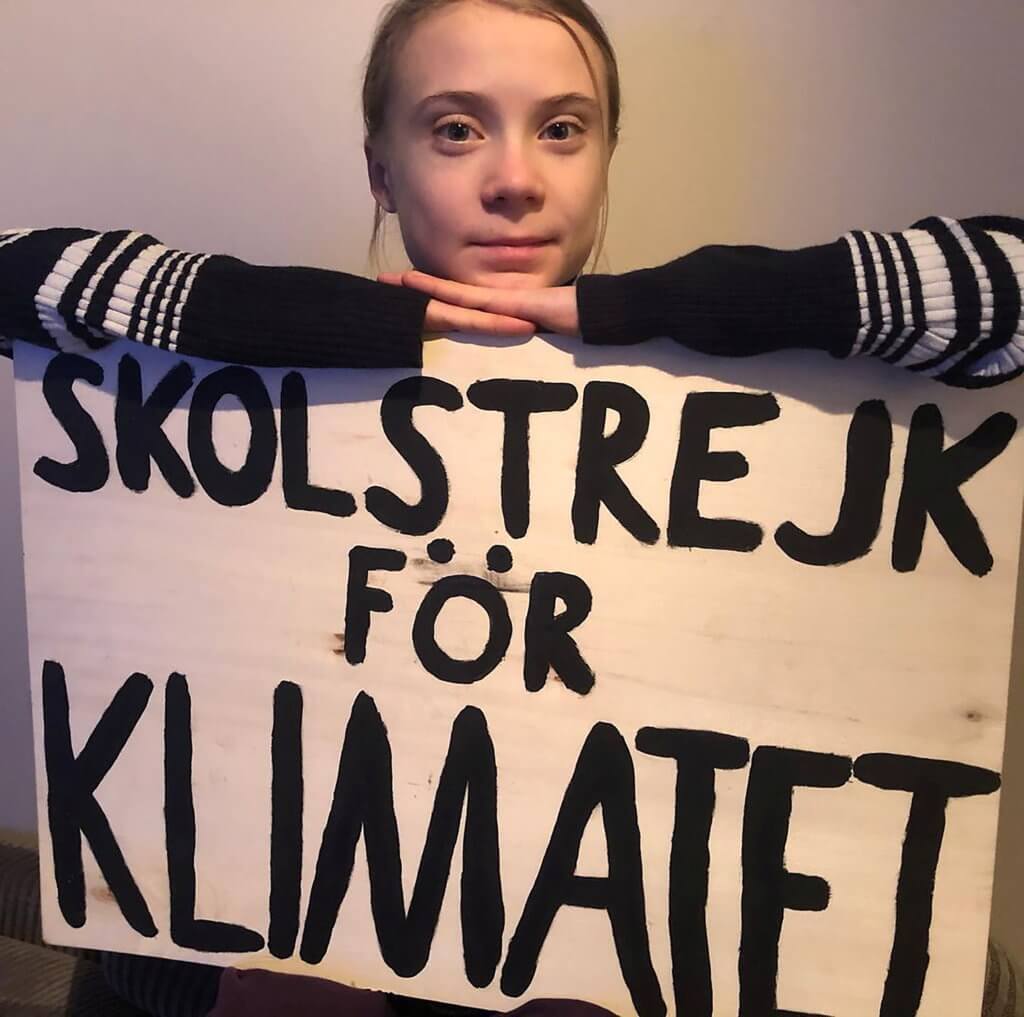
Every movement needs a face, a pioneer, and Greta is that — a fact proved by her invitation to take part in a virtual conversation with His Holiness the Dali Lama and two leading climate scientists on Dec. 9, in an event organized by the Mind & Life Institute.
In September of 2019, most of us will remember the 16-year-old Swede’s 15-day, 3,000-mile voyage across the Atlantic to be a key speaker at the Climate Action Summit at the UN Headquarters in NYC, choosing this method of transportation to reduce carbon emissions.
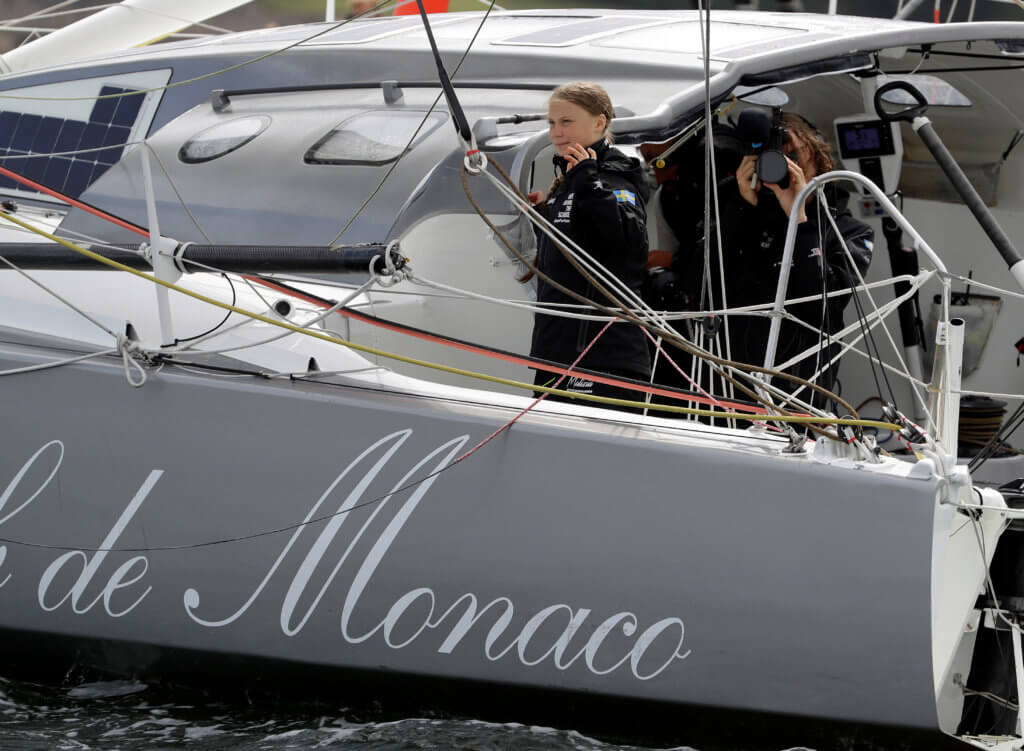
We remember her mixture of composure and vitriol at the responsibility older generations have placed on Gen Z for our reckless ignorance to data that was “crystal clear 30 years ago.” We remember her anger, almost moved to tears of fury as she chastised world leaders with an unforgettable speech, “This is all wrong. I shouldn’t be up here. I should be back in school on the other side of the ocean. Yet you all come to us young people for hope. How dare you! You have stolen my dreams and my childhood.”
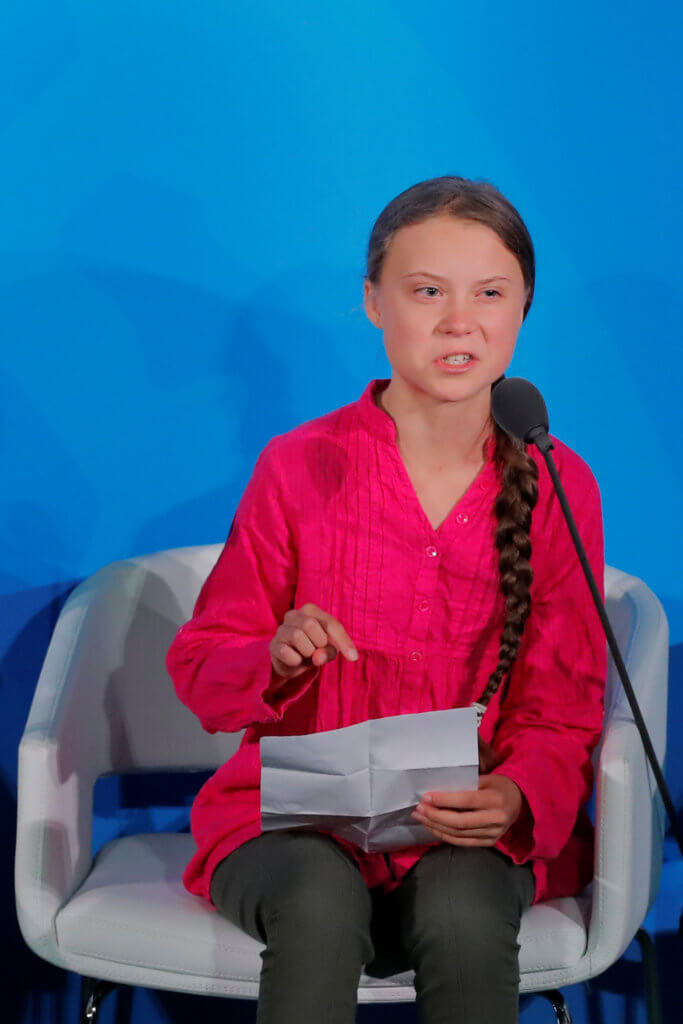
We remember the disgraceful Tweets sent out by the President of the United States essentially making fun of a young activist in a “lighten up’ spirit—after she had expressly described herself as “sad and angry”— and her witty, deadpan replies. Of course, like too many others, Donald Trump is a climate change denier.
But what part of Greta’s speech do we not remember? Calm when talking about a subject the now 18-year-old knows more about than less than a handful of adults, she stated some key points that were overlooked by the white noise of sensationalism and presidential cyber-bullying that accompanied the summit: “The popular idea of cutting our omissions in half in ten years only gives us a 50% chance of staying below 1.5 degrees centigrade and setting off irreversible chain reactions beyond human control. Fifty percent may be acceptable to you, but those numbers do not include tipping points, most feedback loops, additional warming hidden by toxic air pollutions or the aspects of equity and climate justice,” stated Thunberg.
A huge amount of invaluable information was provided at the 1-hour virtual meeting between the Dalai Lama—who has been an advocate for climate change activism since winning the 1989 Nobel Peace Prize—Greta Thunberg, Susan Natali, PhD, whose work concentrates on the Arctic and permafrost thaw, and William R. Moomaw, PhD whose work focuses in forests and wetlands.
During the panel discussion, two terms were repeated constantly: “urgency” and “educate yourself.”
Who, after watching the summit clips began researching tipping points and feedback loops? Exactly. The summit was a success in that it did highlight urgency and that Greta’s presence is forceful and vital in keeping the issue at the forefront of our collective minds. But the point here is education. And a good place to start is a new 5-part docuseries, “Climate Emergency: Feedback Loops,”available online, for free, narrated by Richard Gere and subtitled in 20 languages
The series, which includes sections on forests, permafrost, atmosphere and albedo, are all tied together by the term “feedback loop.”
The climate feedback loops the earth is currently experiencing involve the perpetuation of human environmental destruction—the release of CO2 and methane into the atmosphere that began in the mid-18th Century with the industrial revolution. The process is easily understood: you emit greenhouse gases into the atmosphere that then trap the sun’s energy as heat, destabilizing the Earth’s temperature. Human beings, through industry and the exploitation of the Earth’s long-standing and delicate climate systems, were the first and only species that jeopardized and put “our house on fire,” according to Thunberg’s metaphor. His Holiness, described us as “the trouble makers” who initiated the path toward climate that we see now at a fairly advanced stage now.
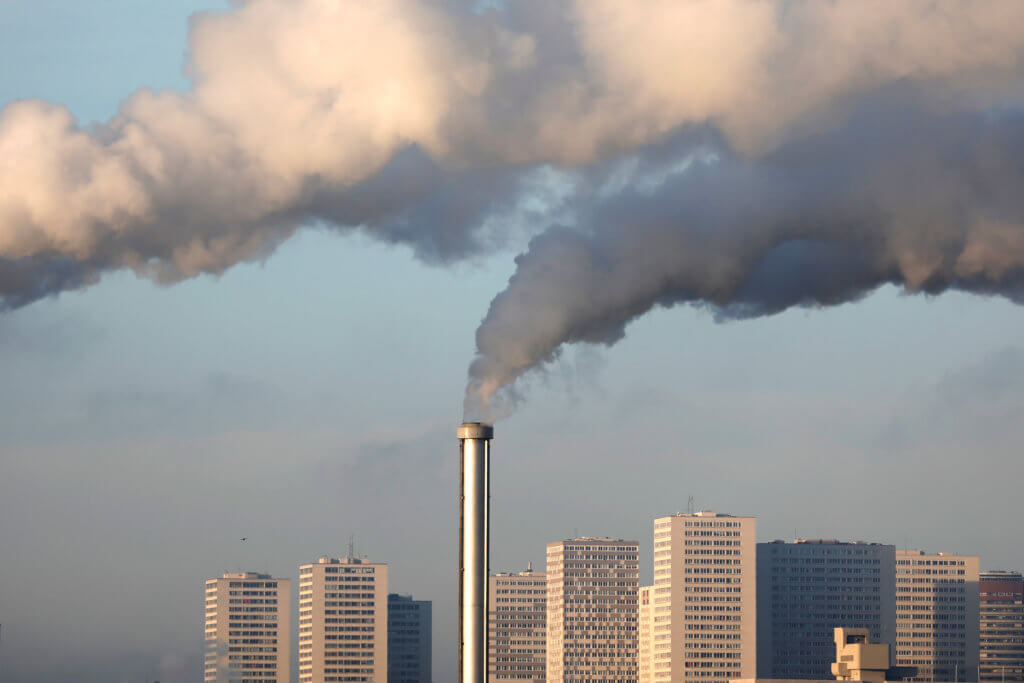
This first stage of climate change is a linear model. But when the concept of feedback loops is introduced, an element of perpetuation is introduced, the process becomes cyclical and will not stop unless we do indeed take urgent action.
Summarized in basic terms, the original devastation caused by the Earth’s warming melted Arctic ice caps, caused forest fires, droughts and led to the thawing of permafrost; in short, all of the natural resources that the Earth itself has available to stabilize its temperature. Reforestation and moving toward clean, solar energy are the only solutions, lest we reach the tipping point, which is as ominous as it sounds—the point of no return.
The main concern is whether or not we will educate ourselves, young or old. President-elect Joe Biden is said to have developed one of the most ambitious climate change plans of any president in U.S. history and has promised to rejoin the Paris Climate Accord within the first 100 days of his residency, but this may very well not be enough as it does not include a comprehensive account of feedback loops, data about which is still coming to light.
Widespread policy, adult and (dare I say it) mandatory childhood education on the reality of climate change with scientific specificity is needed. To the policy-makers and world leaders, including Biden and Harris, and in the words of Thunberg, “We’ll be watching you.”




